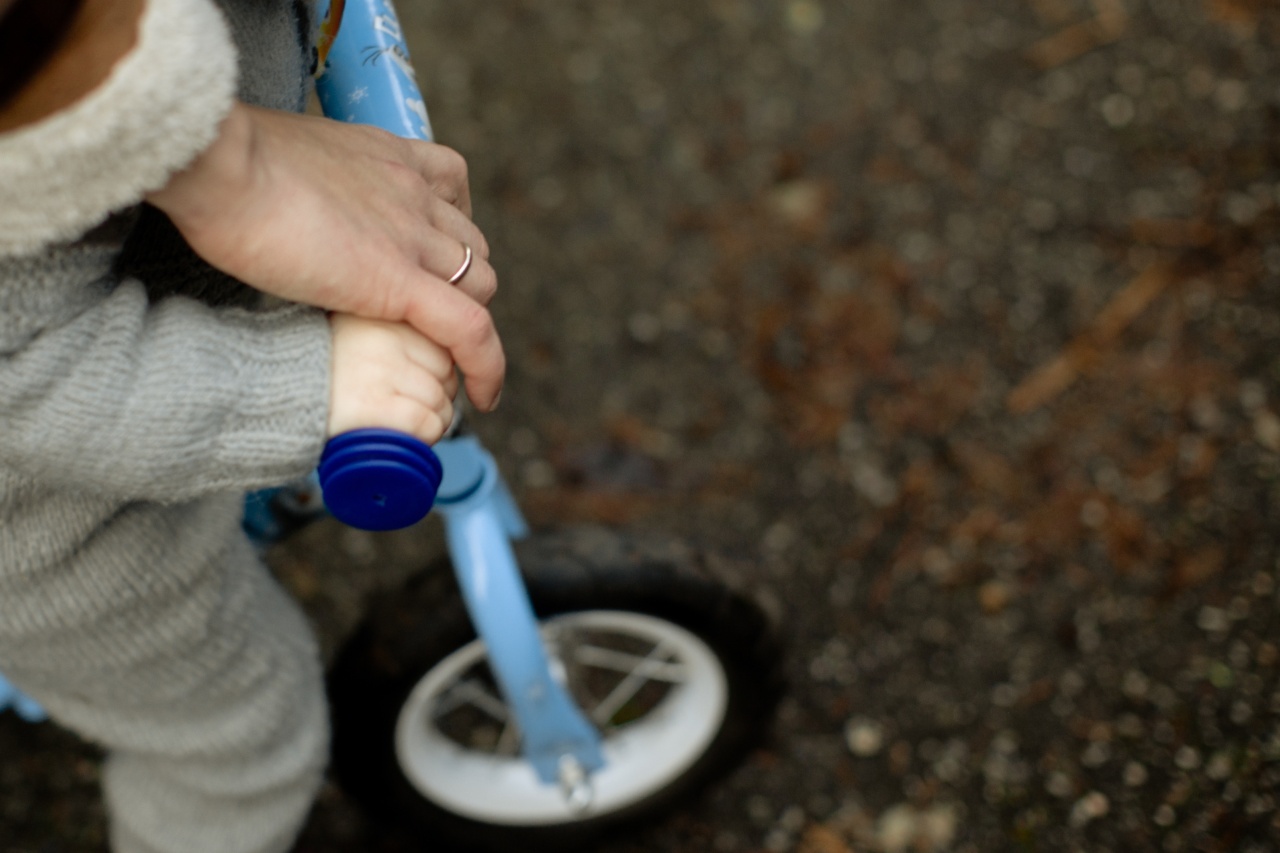Sexual harassment is a pervasive issue that affects people of all ages and backgrounds. However, when it comes to children, the impact of such harassment can be particularly devastating.
Sexual harassment refers to any unwanted sexual attention, behavior, or abuse targeted towards a child. It can range from inappropriate comments, gestures, and looks to physical contact and sexual assault.
To ensure the safety and well-being of children, it is crucial for parents, caregivers, educators, and society as a whole to take active measures in preventing and addressing sexual harassment.
The Importance of Open Communication
One of the fundamental aspects of protecting children from sexual harassment is establishing open lines of communication between adults and children.
Creating an environment where children feel comfortable discussing their experiences, concerns, and questions without fear of judgment or reprisal is essential. Parents should encourage their children to communicate openly about anything that makes them uncomfortable, ensuring they are aware of their right to say “no” to any form of touch or interaction they deem inappropriate.
Education and Awareness
Education plays a vital role in preventing sexual harassment. It is imperative to teach children, from an early age, about consent, boundaries, and healthy relationships.
By promoting age-appropriate conversations around these topics, parents and educators can empower children to recognize inappropriate behavior and protect themselves. It is equally important to educate adults about the signs of sexual harassment, how to respond to a child’s disclosure, and the necessary steps to report and address incidents.
Establishing Safe Spaces
Creating safe spaces for children is another crucial step in ensuring their protection from sexual harassment. Homes, schools, and other environments where children spend time should prioritize safety measures.
This includes regular supervision by trusted adults, implementing policies against harassment, and promoting a culture of respect and empathy. Building an atmosphere of support and trust encourages children to come forward when they experience or witness harassment.
Teaching Empathy and Respect
Children should be taught to respect themselves and others. By promoting empathy, children can understand the importance of treating others with kindness, dignity, and consent.
Programs and initiatives targeted towards developing empathy and fostering healthy relationships can significantly contribute to reducing instances of sexual harassment against children. Such programs can be implemented both within schools and at home, creating a holistic approach towards prevention.
Recognizing Warning Signs
Recognizing the warning signs of sexual harassment is crucial for intervening early and protecting children.
Some common signs include sudden changes in behavior, withdrawal from activities or friendships, nightmares, bed-wetting, mood swings, and a sudden increase in fear or anxiety. While these signs do not necessarily confirm sexual harassment, they should prompt adults to initiate conversations and seek professional help if necessary.
Monitoring Online Activities
In today’s digital age, it is vital to monitor children’s online activities to protect them from online sexual harassment. Parents should be aware of the risks associated with social media platforms, instant messaging, and online gaming.
Establishing reasonable boundaries and guidelines for online usage and promoting digital literacy can go a long way in safeguarding children from online predators and inappropriate content.
Encouraging Healthy Relationships
Encouraging healthy relationships from a young age is crucial in preventing sexual harassment.
By promoting respect, consent, and open communication in friendships and romantic relationships, children learn to distinguish healthy interactions from abusive ones. Parents and educators can provide guidance and role models that exemplify healthy relationships, teaching children about equality, empathy, and the importance of setting boundaries.
The Role of Media and Pop Culture
The media and pop culture have a substantial influence on children’s beliefs, attitudes, and behavior. It is essential for parents and caregivers to monitor the content children consume and engage in conversations about media influence.
Challenging harmful stereotypes, promoting positive representations of gender, and discussing the differences between fiction and reality can help children develop critical thinking skills and navigate media messages responsibly.
Reporting and Responding to Incidents
When an incident of sexual harassment occurs, it is crucial to respond promptly, believe the child, and offer support and reassurance.
Reporting incidents to the appropriate authorities, such as law enforcement or child protection services, is essential for holding perpetrators accountable and preventing further harm. Parents and caregivers should also seek professional help for their child to address any emotional or psychological trauma resulting from the incident.
Creating a Supportive Environment
Creating a supportive environment for children who have experienced sexual harassment is essential for their recovery and well-being. It is crucial to offer them validation, empathy, and professional support.
Surrounding the child with loved ones who believe and support them, seeking therapy or counseling, and involving support organizations that specialize in child sexual abuse can help facilitate the healing process.
Conclusion
In a world where sexual harassment remains a distressing reality, it is our collective responsibility to protect children from falling victim to such abuse.
By fostering open communication, educating children and adults, establishing safe spaces, and teaching empathy, we can create an environment where children can grow, learn, and thrive free from the fear of sexual harassment. With diligence, awareness, and a commitment to safeguarding the well-being of children, we can strive towards a society where every child feels safe, respected, and valued.





























